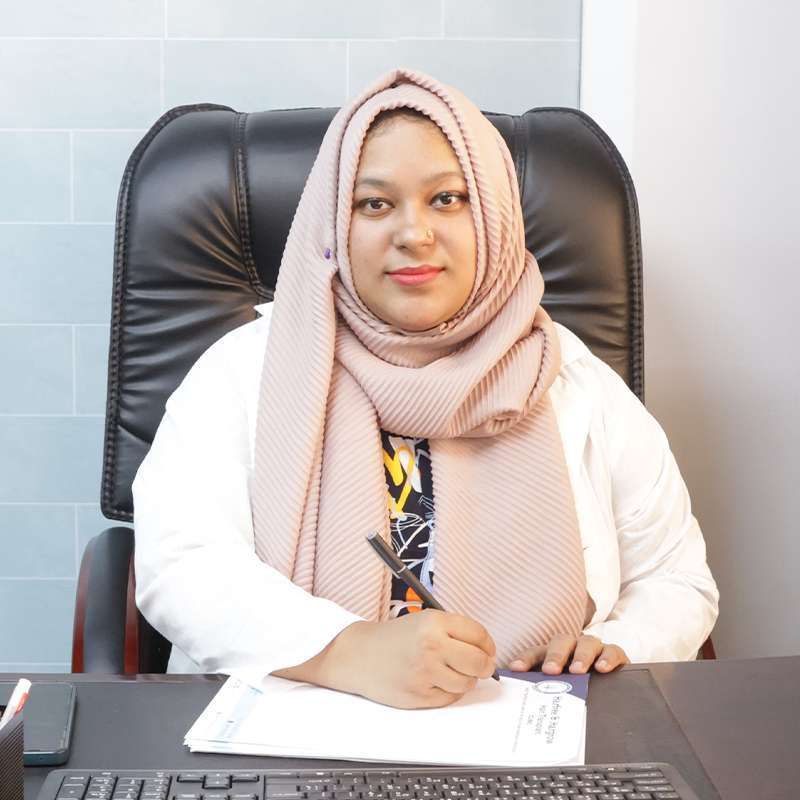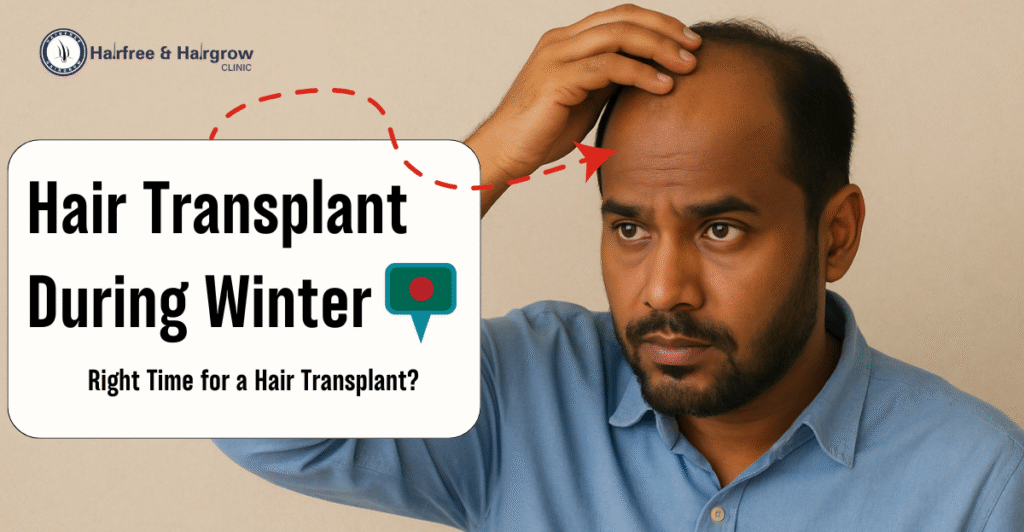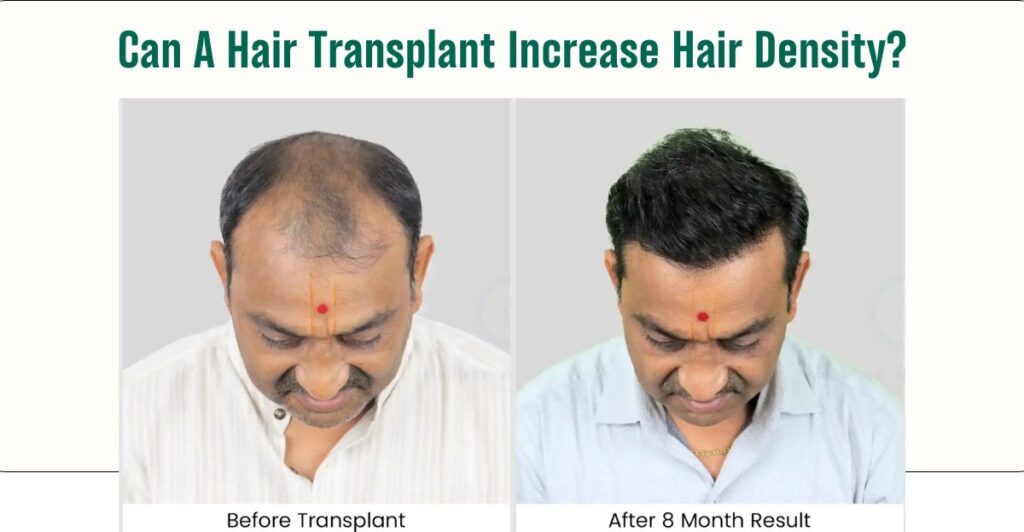Hair transplantation is an effective solution for hair loss, but one of the most important factors for success is the donor area for hair transplant.
The donor area refers to the regions on your body where hair is extracted and transplanted to balding or thinning areas. A well-chosen donor area can make the difference between a natural-looking result and an unsatisfactory one.
In this blog, we’ll explore the characteristics of a good donor area, common donor sites, and how to determine if you’re a suitable candidate for a hair transplant.
Table of Contents
Understanding Donor Areas
The donor area for hair transplant is typically found on the back or sides of the scalp, as these areas are often resistant to hair loss. Hair from these areas tends to maintain its characteristics after being transplanted, meaning that the transplanted hair should grow naturally and permanently.
However, each patient’s donor area must be carefully evaluated to ensure it provides enough healthy hair for a successful transplant.

Ideal Characteristics of a Good Donor Area
When evaluating a donor area, hair transplant surgeons look at several factors to determine its quality.
Hair Density
Hair density and donor area quality go hand in hand. Hair density refers to the number of hair follicles per square centimeter. A high hair density means there are more hair follicles available for extraction, which leads to better coverage and fuller results after the transplant.
Hair Texture and Thickness
Hair texture and thickness also play crucial roles in determining the success of the transplant. Thicker and coarser hair gives more coverage compared to fine, thin hair. If the donor area has thick, healthy hair, it ensures better results.
Scalp Health
Scalp health for hair transplant is another significant consideration. A healthy scalp free from conditions like dermatitis or infections is essential for proper hair extraction and implantation. A well-maintained scalp leads to healthier hair growth after transplantation.
Common Donor Areas for Hair Transplants
There are a few common areas that surgeons use as donor sites for hair transplants:
Back of the Head
The most common best donor sites for hair transplant are at the back and sides of the head. This area, known as the occipital region, is typically resistant to male pattern baldness, making it an ideal source of strong, healthy hair follicles for transplantation.
Facial Hair (Beard and Chest Hair)
In some cases, surgeons may use facial hair, such as from the beard or chest, as a donor source. Using facial hair as donor hair is especially helpful for individuals who may not have enough hair on their scalp but still need a large number of grafts. However, the texture of beard hair can be different, and results may vary.
Other Body Hair
Other body hair, like hair from the arms, legs, or chest, is rarely used but can be considered in extreme cases where the scalp donor areas are insufficient.
Factors Affecting Donor Area Quality
Several factors can impact the quality of a donor area and affect whether it’s suitable for transplantation.
Genetics
Genetics plays a significant role in determining the overall quality of your donor area. If your family has a history of balding, it’s crucial to keep that in mind when considering hair transplantation. Genetics can affect how much hair you have in your donor area and whether it’s likely to thin over time.
Age
Age is another factor that affects donor area quality. Younger individuals may have better hair density, but as they age, the donor area’s ability to provide sufficient hair might decline. This is why age-related hair loss is an important consideration for transplant surgery.
Previous Hair Loss Treatments
If you’ve already undergone hair restoration procedures or used other treatments for hair loss, your donor area might have been compromised. Discussing any previous treatments with your surgeon is essential so they can assess the remaining donor hair.
Lifestyle and Health
Lifestyle factors, such as diet, stress, and smoking, can all impact the quality of your donor area. Maintaining a healthy lifestyle is crucial for scalp health and ensuring that you have enough strong hair follicles available for transplantation.
Read Also –
How is Donor Hair Extracted During a Hair Transplant Procedure?
Hair extraction during a hair transplant is typically done using one of two methods: Follicular Unit Extraction (FUE) or Follicular Unit Transplantation (FUT).
FUE involves removing individual hair follicles from the donor area, while FUT involves removing a strip of tissue that contains hair follicles. Both methods require careful planning to avoid damaging the donor area and ensure that there’s enough hair left to maintain a natural look.
Preparing for a Hair Transplant: Donor Area Considerations
Before undergoing a hair transplant, it’s essential to prepare your donor area properly. Your surgeon will guide you on how to care for your scalp, keep it clean, and avoid any products or medications that might affect the procedure. It’s important to follow these guidelines to optimize your scalp health for the transplant.
Does Hair on the Donor Area Grow Back After a Hair Transplant?
One common question people ask is whether hair will grow back in the donor area after transplantation. In the case of FUE, hair does not grow back in the extracted area, but it’s taken in a way that prevents noticeable thinning. With FUT, the donor area is closed with stitches, and the remaining hair covers the scar. In both cases, the remaining hair in the donor area continues to grow normally.
Conclusion
A good donor area for hair transplant is essential for achieving natural and long-lasting results. Factors such as hair density, thickness, and overall scalp health play a significant role in determining the success of the procedure.
By choosing the right donor area and maintaining its health, you can ensure that your hair transplant results are both effective and natural-looking.
Looking for Hair Transplant Solutions in Bangladesh?
At Hairfree HairGrow Bangladesh, we specialize in providing top-quality hair transplantation using the latest techniques. If you’re struggling with hair loss, contact us today for a consultation at (+880) 1974223921 and get started on your journey to regaining your confidence!
FAQ
A suitable donor area has high hair density, thick hair strands, and healthy scalp conditions. This ensures that the transplanted hair will grow well in the recipient area.
Yes, in some cases, surgeons can use hair from other parts of the body, such as facial hair or chest hair, but scalp hair is usually preferred due to its texture and growth patterns.
Surgeons assess the donor area by examining hair density, thickness, and scalp health. They also consider the patient’s age, genetic factors, and medical history to ensure the donor area can provide sufficient healthy hair.
You may be a good candidate if you have enough healthy hair in your donor area, are in good health, and have realistic expectations about the results of the procedure.

Written By
Medical Officer & Hair Transplant Surgeon
Dr. Nazmin Sultana Nipa is a distinguished hair transplant doctor in Bangladesh, known for her advanced skills in hair restoration. As a Medical Officer and Hair Transplant Surgeon, Dr. Nipa combines her extensive experience in the field with a focus on transparency and patient-centered care.
Disclaimer
We’ve made all possible efforts to ensure that the information provided here is accurate, up-to-date and complete, however, it should not be treated as a substitute for professional medical advice, diagnosis or treatment. See Detailed Disclaimers Here.



